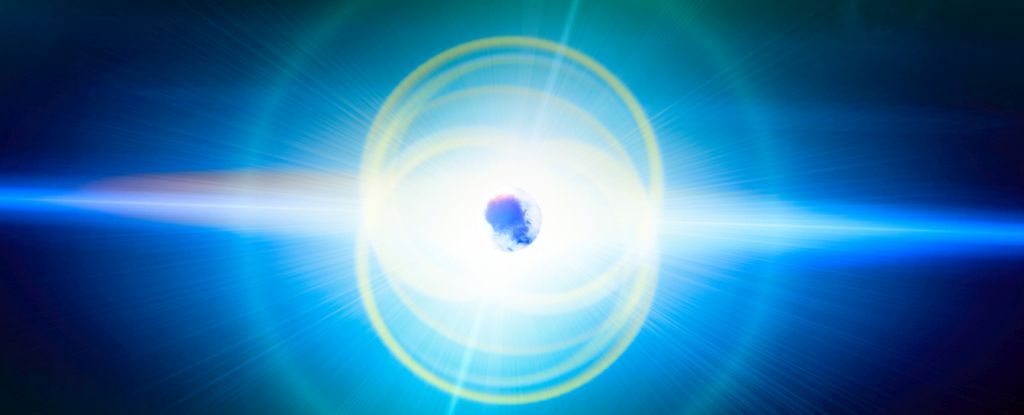
A remarkable event occurred on March 16, 2025, when the CHIME radio telescope in Canada detected a fast radio burst (FRB) that stands as the most powerful of its kind ever recorded. This extraordinary signal, named RBFLOAT, released energy equivalent to the Sun’s output over a span of four days within mere milliseconds, leading astronomers to initially mistake it for interference from local sources.
Astrophysicist Wen-Fai Fong of Northwestern University explained, “It was so bright that our pipeline initially flagged it as radio frequency interference, signals often caused by cell phones or airplanes that are much closer to home.” Only through careful investigation did the team confirm that they were indeed observing a genuine astrophysical signal.
Understanding Fast Radio Bursts
FRBs are enigmatic and powerful bursts of radio waves that occur for just a brief moment, making them challenging to study. They generally fall into two categories: repeating bursts, which can be tracked and analyzed over time, and one-off bursts, which are unpredictable and difficult to trace back to their source. The detection of RBFLOAT marked a significant milestone in understanding these transient phenomena.
To enhance their ability to localize FRBs, CHIME has incorporated smaller ‘Outrigger’ telescopes positioned at various distances from the main facility. This expansion of the detection network allowed researchers to triangulate the RBFLOAT signal with unprecedented precision, achieving a resolution of only 45 light-years. Remarkably, this one-off FRB was traced to the outskirts of a galaxy located in the Big Dipper constellation, approximately 130 million light-years from Earth, making it the closest non-repeating FRB identified to date.
This newfound precision enabled astronomers to conduct detailed studies of the environment from which the FRB originated. Utilizing the MMT Telescope and the Keck Observatory, researchers gathered crucial data to help identify the potential source of the burst.
The Quest for Knowledge
A growing body of research suggests that magnetars, which are highly magnetic neutron stars, may be responsible for many FRBs detected on Earth. “The FRB lies on a spiral arm of its host galaxy,” stated astronomer Yuxin “Vic” Dong from Northwestern University. “Spiral arms are typically sites of ongoing star formation, which supports the idea that it came from a magnetar.”
Further analysis revealed that the RBFLOAT is situated outside the nearest star-forming clump, raising intriguing questions about its origin. This could indicate that the progenitor magnetar was displaced from its birthplace or formed directly at the FRB site, away from the central star-forming region.
Recent observations from the James Webb Space Telescope (JWST) have corroborated this interpretation, providing additional insights into the nature and environment of the FRB.
The discovery of RBFLOAT not only stands out due to its extreme brightness and proximity to Earth but also has significant implications for the study of FRBs. Astronomers are currently investigating the differences between repeating and one-off FRBs and whether magnetars are the sole sources of these phenomena.
As research continues, the implications of RBFLOAT extend beyond a single detection. “Thanks to the CHIME Outriggers, we’re now entering a new era of FRB science,” remarked astronomer Tarraneh Eftekhari from Northwestern University. “With hundreds of precisely localized events expected in the next few years, we can start to understand the full breadth of environments from which these mysterious signals emanate, bringing us one step closer to unlocking their secrets.”
The findings related to RBFLOAT have been published in The Astrophysical Journal Letters, highlighting the significance of this discovery in the ongoing exploration of the universe’s most captivating mysteries.







